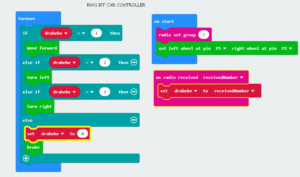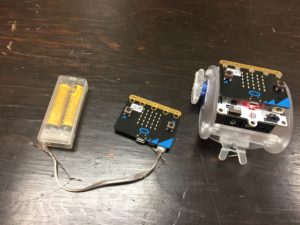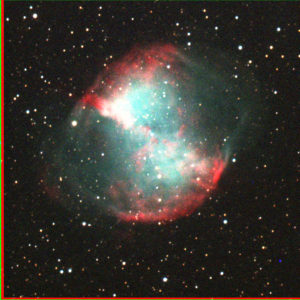STEM Resources
Introducing the Microbit- Students use it to measure and to control their experiments, the use it to control robots. It is small device that can be handed by all age groups. Most importantly the user learns to Code. In workshops and seminars on STEM education we will introduce resource to students in Ethiopia and Africa. Here is an example of a code to control a ring bit car remotely.


GLOBE – Students around the world collect environmental measurements and submit the data by Internet to a central database. Scientists use the data for Earth systems research and students use the data and associated
visualizations for inquiry-based learning. (Funder:GLOBE program; Partners: NSF, US Department of Education, NOAA,NASA) – Contact: Web site to explore or participate. Web:www.globe.gov
Exploring Mars
– Students learn about Mars and experience the excitement of NASA’s Mars exploration program. Students use the Web to download and explore images of Mars, conduct classroom experiments, and compare the features
and histories of Mars and Earth. (Funder: NASA Jet Propulsion Laboratory; Partners: NASA) – Contact: Web site for images & Teacher’s Guides. Web: marsweb.jpl.nasa.gov
Visualizing Earth – This cognitive research project explores the power of images and visualizations, and helps us understand how students make meaning of these images. Our research focuses on three-dimensionality, perspective, change over time and symbolic representation. (Funder: NSF; Partners: University of California San Diego, Pennsylvania State University, San Diego State University) – Contact: Web site for research reports. Web: visualizingearth.ucsd.edu
EarthKAM – Students use the Internet to control a camera flown on the Space Shuttle, by tracking the shuttle’s orbital path and selecting targets on Earth to photograph. The digital images are posted on the Web to support student investigations of Earth science and human geography. (Funder: NASA; Partners: University of California San Diego, NASA Field Centers) – Contact: Web site to use EarthKAM images. Web: www.earthkam.ucsd.edu
Hands-On Universe – Students investigate the universe while applying tools and concepts from science, math, and technology. Using the Internet, HOU participants around the world request observations from automated
telescopes, download images from a large image archive, and analyze them with the aid of user-friendly image processing software. (Funders: NSF, Toyota Foundation, Department of Defense Education Activity,
Department of Energy; Partners: University of California Berkeley) Contact: Web site to explore and participate. Web: hou.lbl.gov
NASA Connect – Working with NASA Marshall Space Flight Center, TERC is developing educator classroom guides to accompany two “NASA Connect” TV broadcasts. The TV programs, for students in grades 4-8, will feature the work of NASA’s Space Transportation Program. The classroom guides present hands-on activities for teachers and students to carry out in conjunction with the broadcast program. Each guide features a different set of mathematical and scientific ideas to explore. (Funder: NASA Marshall Space Flight Center) – Contact: NASA Connect web site for program listings and educator guides. Web: connect.larc.nasa.gov.
NASA Earth-to-Orbit Engineering Design Challenges – TERC is developing classroom activities for grades 6-9 that help students learn math and science through carrying out hands-on engineering design challenges The activities engage students in engineering challenges similar to those faced by NASA engineers in the Space Transportation Program. The activities are designed to enhance student abilities in math and science, provide career information, and motivate students to continue their education in math and science. Schools may send representatives to a national symposium where they share their design solutions wit NASA engineers and scientists and with other schools from around the country. (Funder: NASA’s Marshall Space Flight Center) – Contact: NASA
Earth-to-Orbit Engineering Design Web site: eto.nasa.gov/.
